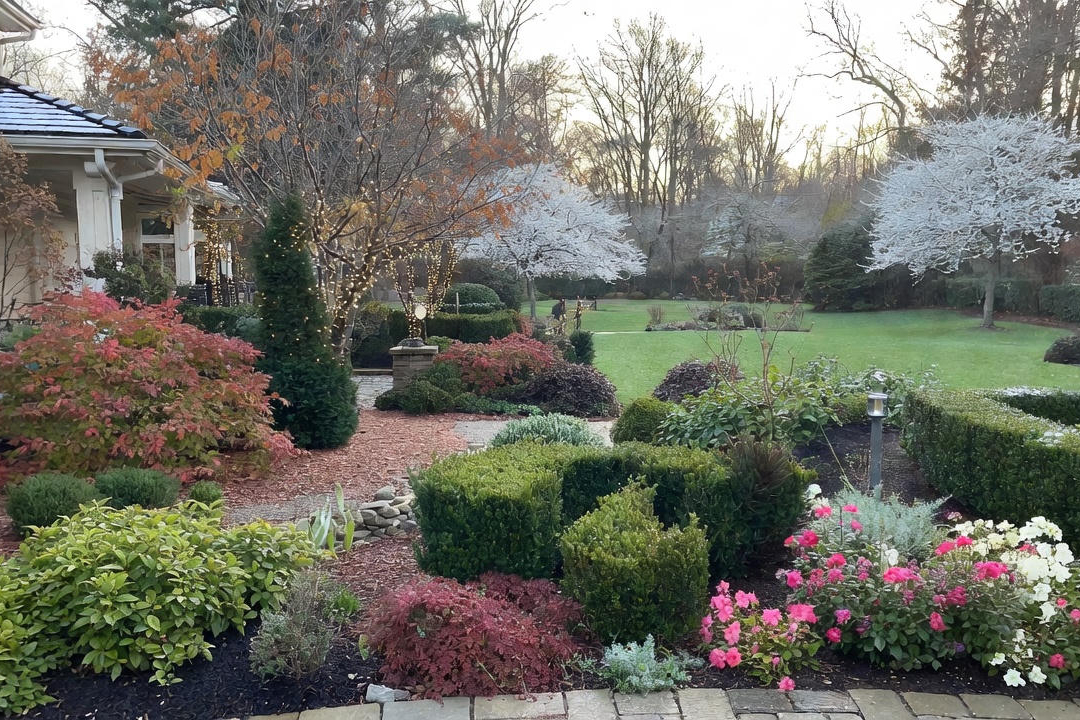
Lindens (Tilia sp.) are known as lovely shade trees for garden zones 3 to 8. Trees grow up to 80 feet high and 50 feet wide and are deer resistant. The native lindens flowers might not be as attractive as some, but their powerful honey-lemon scent enlivens the neighborhood with fragrance when the tree is blooming. Bees and butterflies adore the sweet nectar that the tree provides, making it an excellent contributor to a pollinator garden.
Many varieties of linden are edible. Tilia americana, or Basswood, can be used raw in salads or in cooked dishes; its sap is sweet and can be utilized as a sweetener. Flowers of the linden can be eaten in salads or used in teas. Dropped seeds are eaten by birds and small mammals. Because of its acceptance of diverse soil types, it is well adapted in most locations beyond exceptionally wet soils.

When, Where, and How to Plant Lindens
While lindens prefer a sunny location, they can tolerate shady situations. They like most any soil as long as it is well drained; boggy soil will kill the tree. Remove all burlap, rope, and wire then water the root ball well before planting. Dig a hole the same depth of the root ball, but at least 2 times as broad when planting. Water consistently until the tree is established. Also water the trees in drought conditions because plants in distress are more likely to contract disease problems.
Linden Tree Growing Tips
Mulching the tree with 4 inches of compost annually will help the tree hold moisture. Do not fertilize unless the tree is showing signs of malnutrition. Prune trees in spring immediately after flowering. Prune trees in late winter before flowering by cutting back or shearing undesirable branches. Cut back deadwood at any time.
Advice and Care for Lindens
Although lindens are relatively free of pests and disease, crowding the plants or planting in heavier shade can encourage both insect and fungal problems. Wood rot, where the center of the tree hollows out, is a fairly common problem and can weaken the tree over time.
Birds love the seeds of lindens, so placing the tree amongst a birding landscape would be most considerate. Most lindens handle pollution well, therefore, the plant is well used in the urban landscape or inner city. A few lindens, including ‘littleleaf linden’ will not tolerate salt, therefore plant cautiously near streets and driveways.
Tilia cordata or ‘littleleaf linden’ grows to 50 feet, has a very attractive shape, and is considered the best landscaping linden. ‘Greenspire’ grows to 40 feet and can be expected to live 70 years. Tilia americana or ‘basswood’ grows to 80 feet and is known as an edible tree, it prefers rich soil. Tilia platyphyllos ‘Rubra’ is more easily made into a hedge and young twiggish branches are tinted red. ‘Silver linden’ or tilia tomentosa grows 80 to 100 feet tall, has foliage with dramatic silver back sides, but is only hardy to zone 6.
Download iScape now and find many tree varieties to design your home landscape. iScape it!




.jpg)

.jpg)